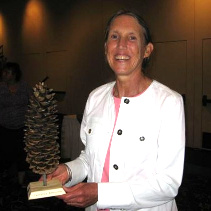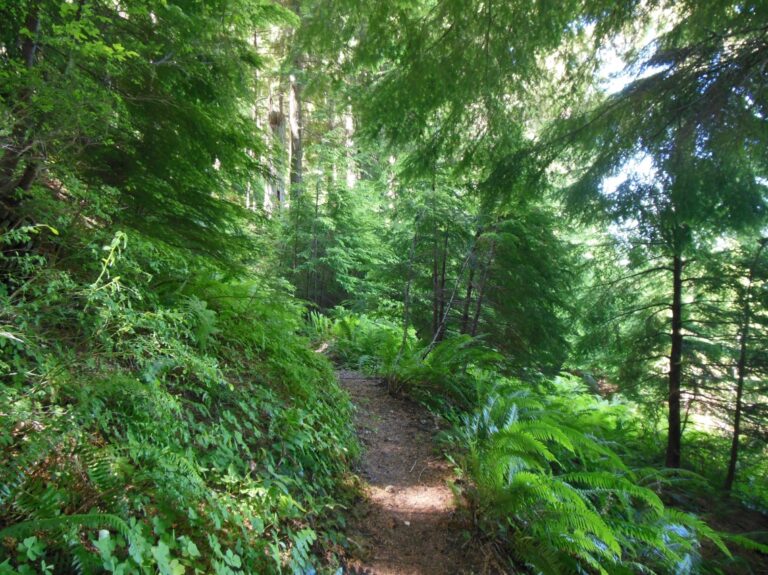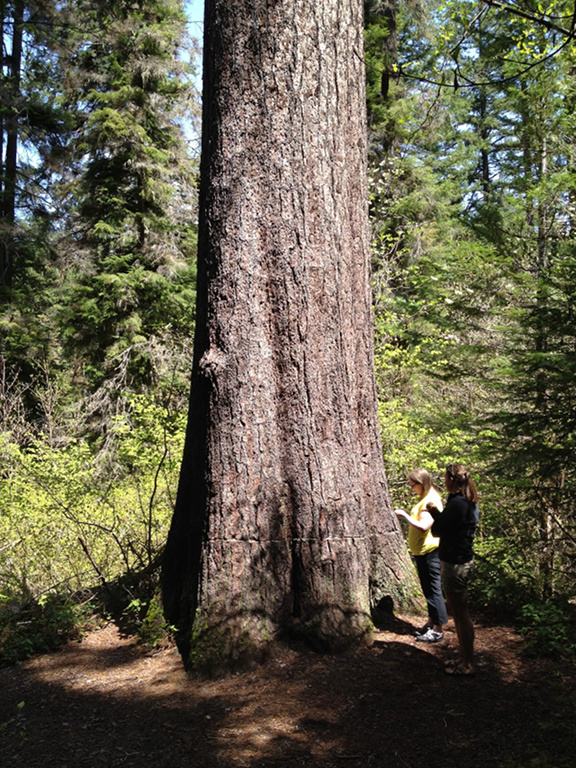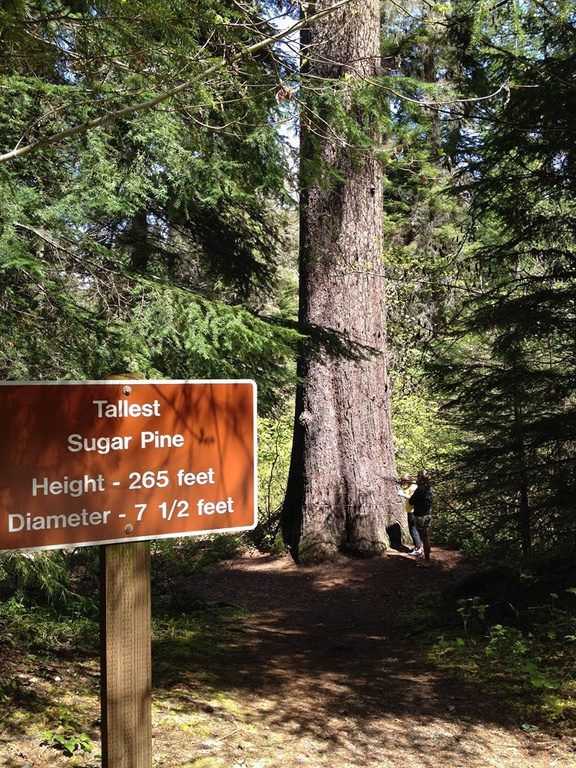Chris Rusch

Chris has been an active member in the South Umpqua Rural Community Partnership for seven years. She has served as Vice-President, Secretary for most of those years. Her faithful volunteer service in this capacity has been an extremely valuable asset in SURCP’s growth and development. Along with her numerous other volunteer activities Chris is Chair of both the Tiller Trails and Health Environmental Action League (HEAL).
Both of these Committees are of core interest to many community members in our region.
Tiller Trails is an educational outdoor program highlighting our beautiful world in the upper South Umpqua. There is a tremendous amount of interest in the natural wonders of this region. Tillers Trails provides an opportunity for curious folks to interact with experts associated with science disciplines related to the many wildlife and watershed wonders of the South Umpqua basin.
Health Environmental Action League (HEAL) With the onset of community awareness of the dangers associated with pesticide spraying SURCP formed HEAL under the aegis of Chris’s long experience with this issue.

Chris has worked passionately against aerial spraying for many years. When she was an employee of the USFS Tiller Ranger District she helped spearhead the cessation of pesticide spraying in the Umpqua National Forest. During the tenure of her employment it was common to spray Agent Orange and other deadly herbicides on public lands in an attempt to control the dispersion of noxious weeds that took hold through clear cut logging .
Many residents located in or near Federally managed public lands and those living in areas adjacent to roads sprayed by the Douglas County, Oregon are deeply concerned with exposure to toxins, their impact on endangered fish and wildlife and the general influence of pesticides sprays on the quality of life in these rural areas. HEAL acts as a conduit to inform, educate and motivate community members as a single voice to protect our area. Many organic farmers and gardeners appreciate this service.
Tiller Residency
Chris has lived in Tiller on a 30 acre homestead with her husband Kevin of 30 plus years. She have two kids; Mark is a graduate of Beaver Nation and is a forester at the BLM in Roseburg, District. Julia graduated from the University of Oregon and works at the Forest Service a Firefighter. The homestead is an oasis of good stewardship in the middle of the National Forest. Organic gardens, orchards and a vineyard flourish under the care of these “back to the landers”.
United States Forest Service Employee
Chris’ love for the land, forests and wildlife expressed itself in a carrier with the Dept of Agriculture United States Forest Service. She retired from the Forest Service where she worked for 35 years as a Silviculturist and Botanist. The influence of her management practices throughout the Tiller District shines as an example of good stewardship and best management practices. Her work took place in a period of time when Umpqua National Forest was caught up in a whirlwind of controversy centered on the, at that time, newly enacted Endangered Species Act. Over logging on public and private lands resulted in a drastic reduction of the amount of clear cutting that could be done. Restrictions were also placed on ranchers use of grazing leases on public lands. Species were going extinct. Through that tumultuous period of time Chris was a voice of reason and vision that paved the way for the transition that needed to take place in the agency culture. Her careful perspective and sense of responsibility helped the agency culture shift toward a more moderate approach to forest management. It was a tough job and one that is still taking place.
Notable Achievements
Among Chris’s notable achievements probably the most profound was her quick thinking and actions surrounding the World’s Largest Sugar Pine crisis.
During the height of the conflict over the impact of the Endangered Species Act vandals took a chainsaw and girdled the world’s tallest Sugar Pine. This 400 year old tree is located in the Tiller District. When Chris found out about the damage she immediately went into action in an attempt to keep the tree alive.
Previous eras of logging had all but destroyed the Tiller Ranger District’s once thriving Sugar Pine tree population. It reached its peak during the time of World War II. Sugar Pine trees were harvested and utilized for ship decks and other products, commercial an otherwise because of the valuable characteristics of its wood. Millions of board feet of the sugar pine wood was harvested annually for many years. It was not unusual to see several hundred million board feet extracted from the Pacific Northwest annually.


Not long after that time a plague of white blister rust decimated many of the large pine trees, rendering their valuable wood useless. The large surviving tree in the Tiller district was considered precious for that and other reasons.
The radical measures that needed to take place in forest management practices as a result of endangered species caused bitterness and frustration in the lives of many families whose sole source of income was logging. The region was acclaimed as the “Timber Capital of the World”. Jobs were lost, families broke up and a high level of social discontent emerged from the changes. It was not uncommon for agency employees to be threatened as a result of their duty to protect what remained of what was once imagined as a never ending resource.
It was under those conditions that Chris, as District Silviculturist and Botanist, discovered the severely girdled tree. Sound thinking and fast action moved the often slow wheels of agency culture to treat the tree in an attempt to save it.
Chris was recognized for her efforts and it is especially rewarding that this 7 1/2 foot diameter giant is still alive and growing to this day in Umpqua National Forest forest. Thanks Chris!